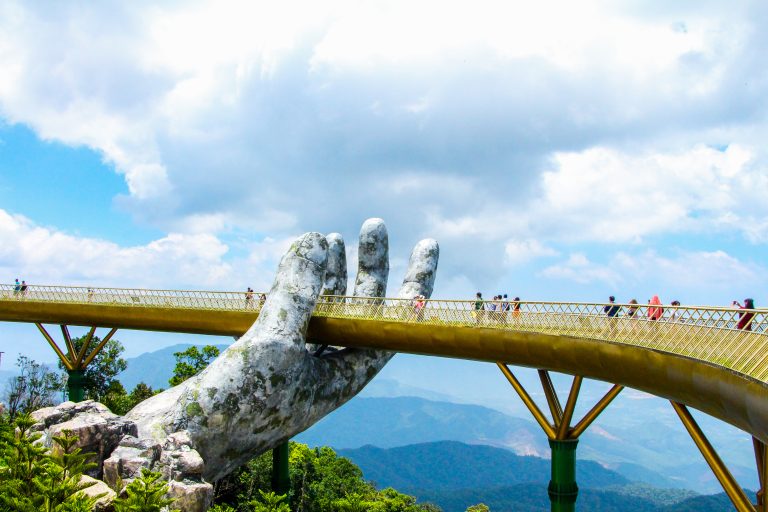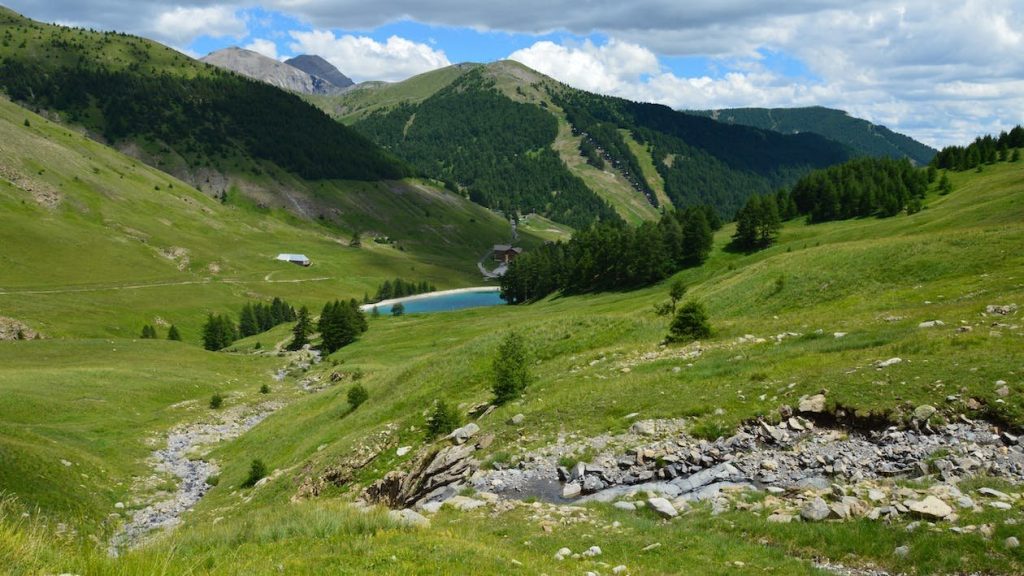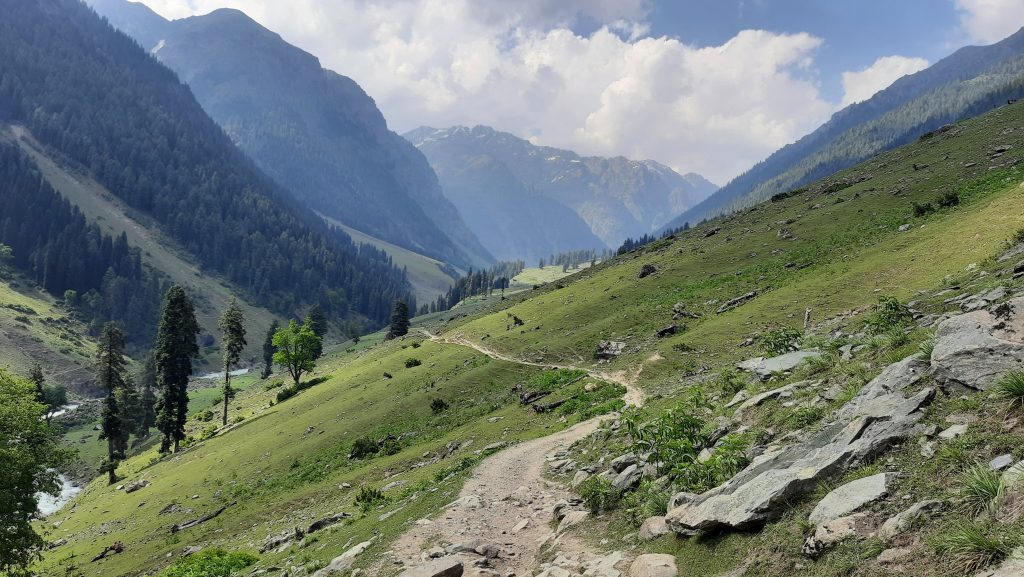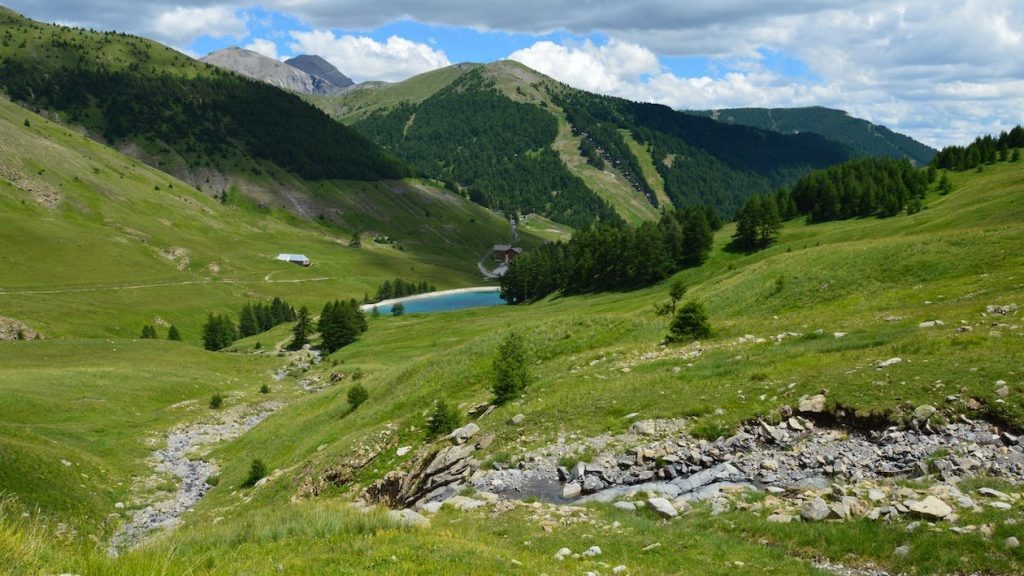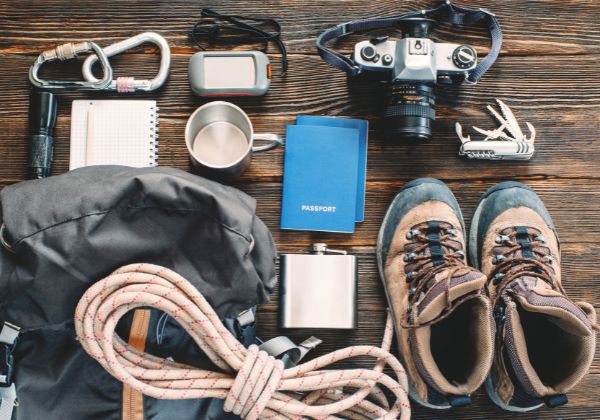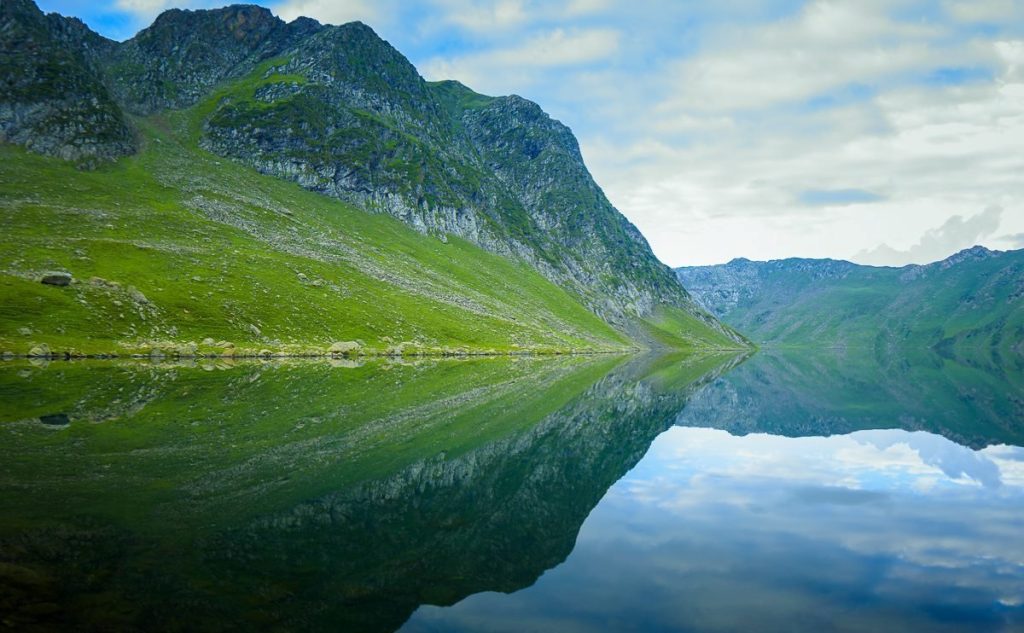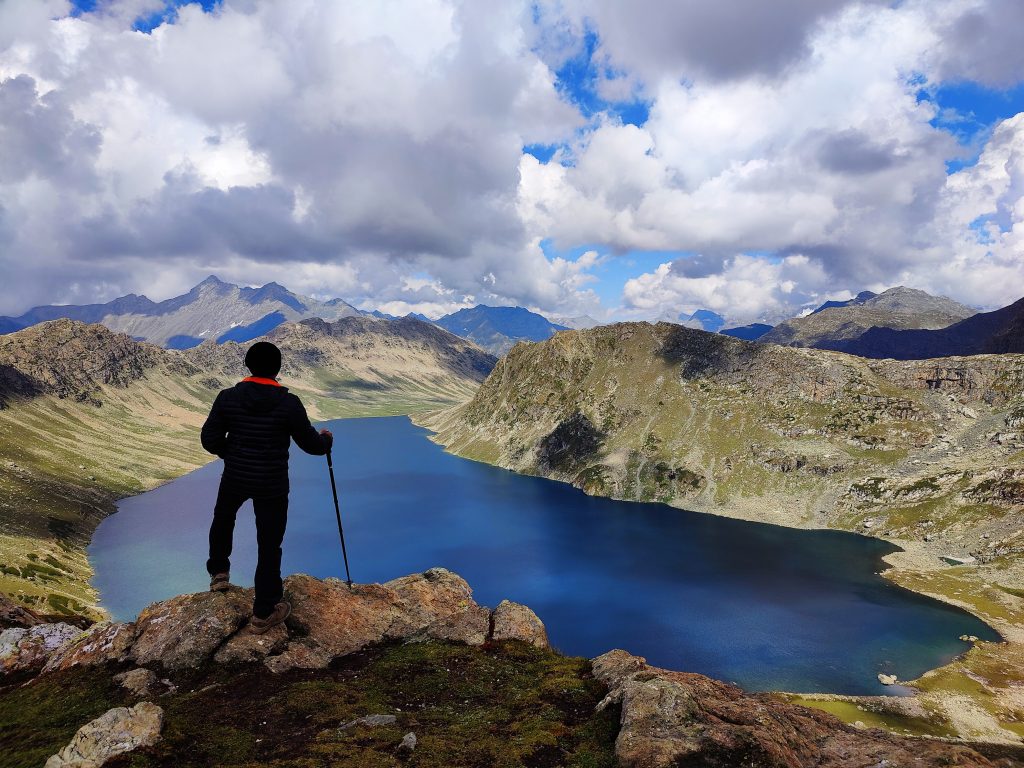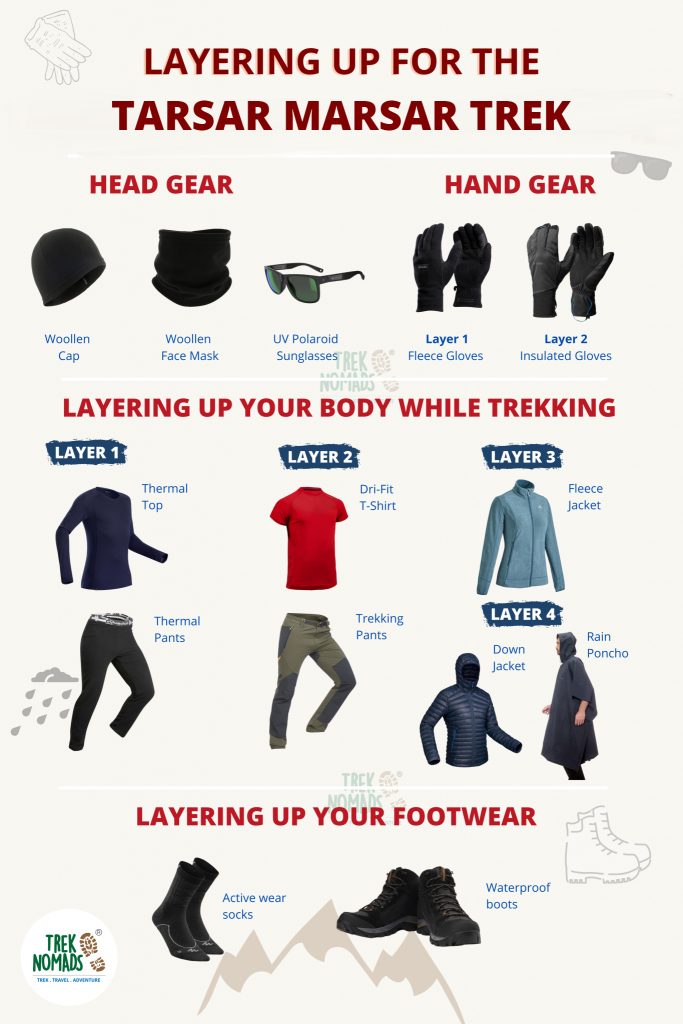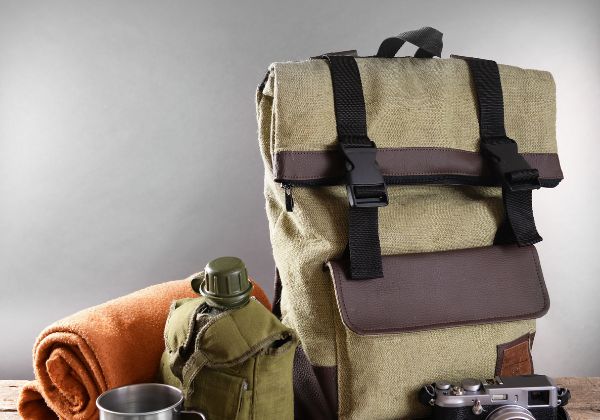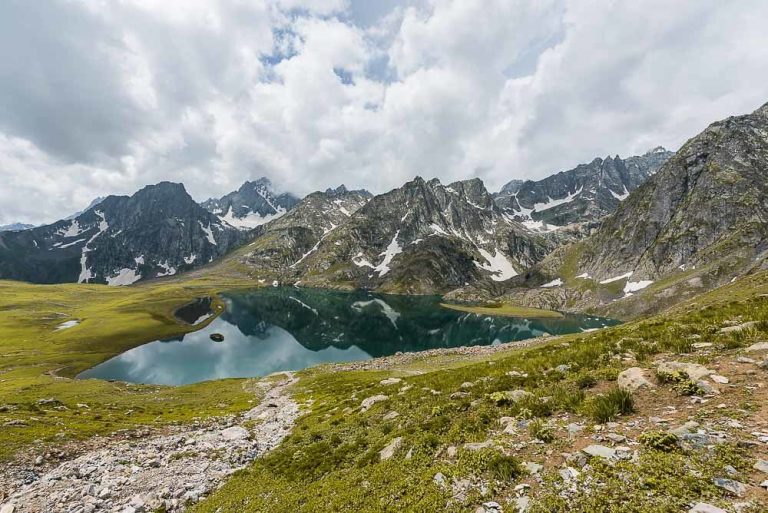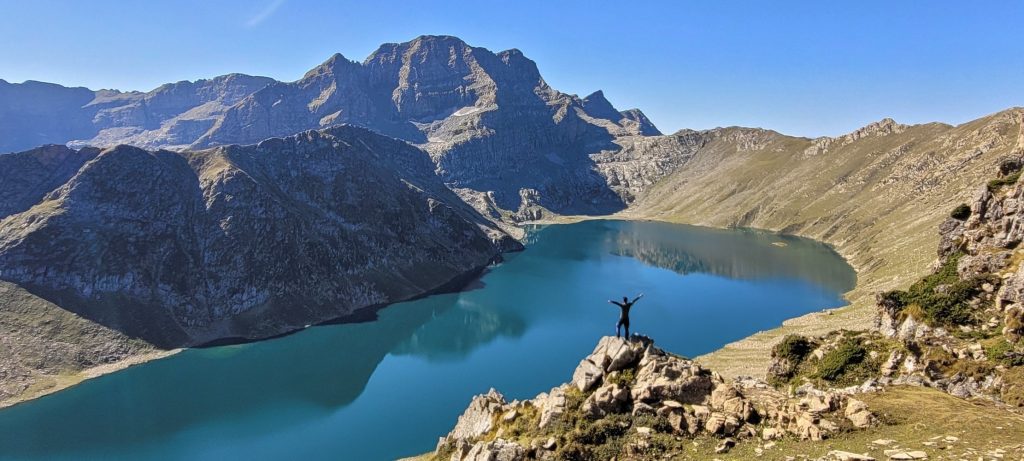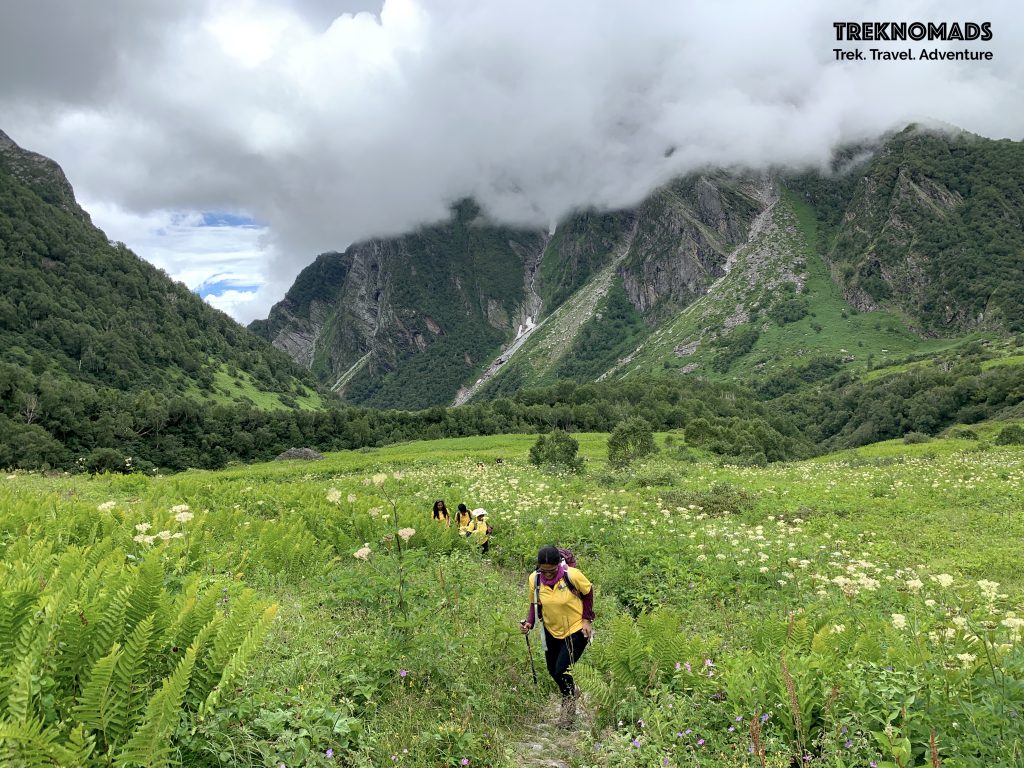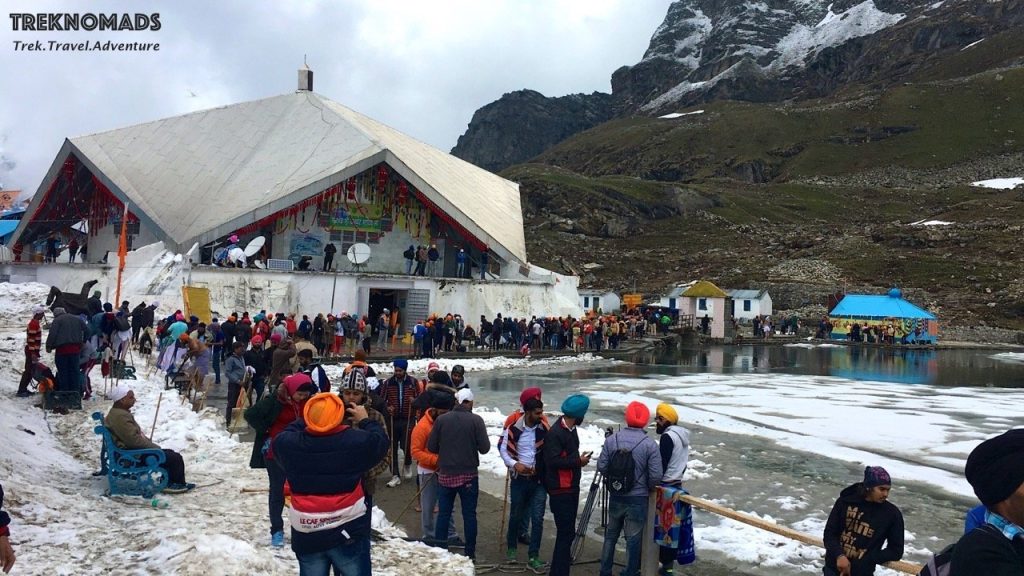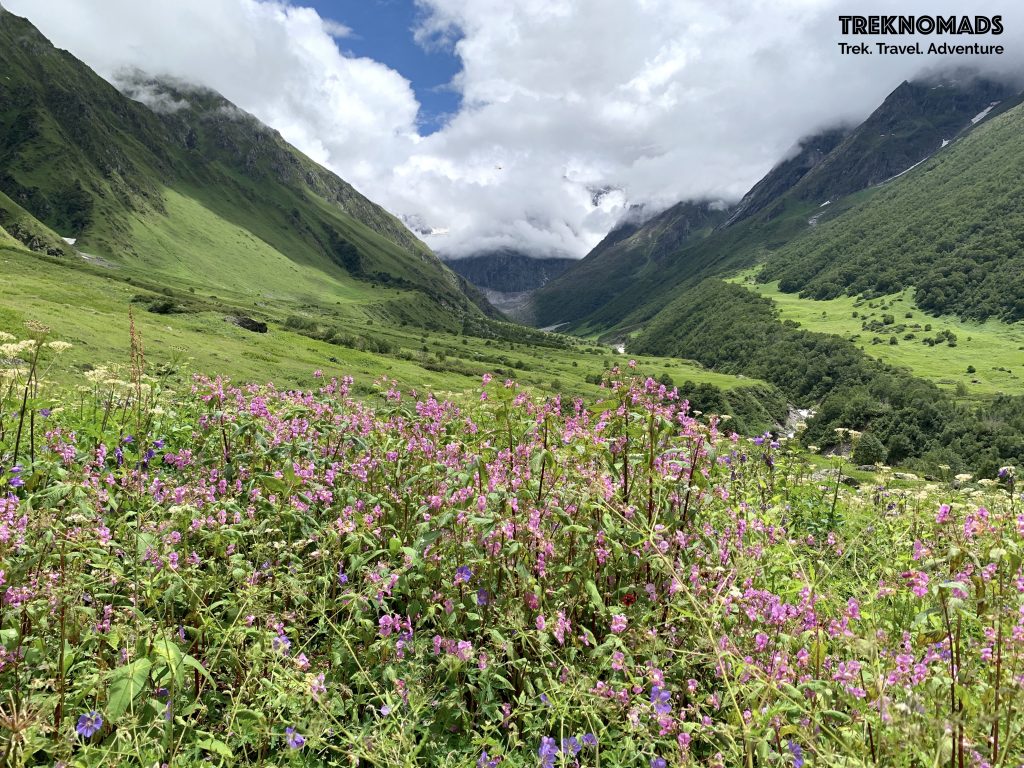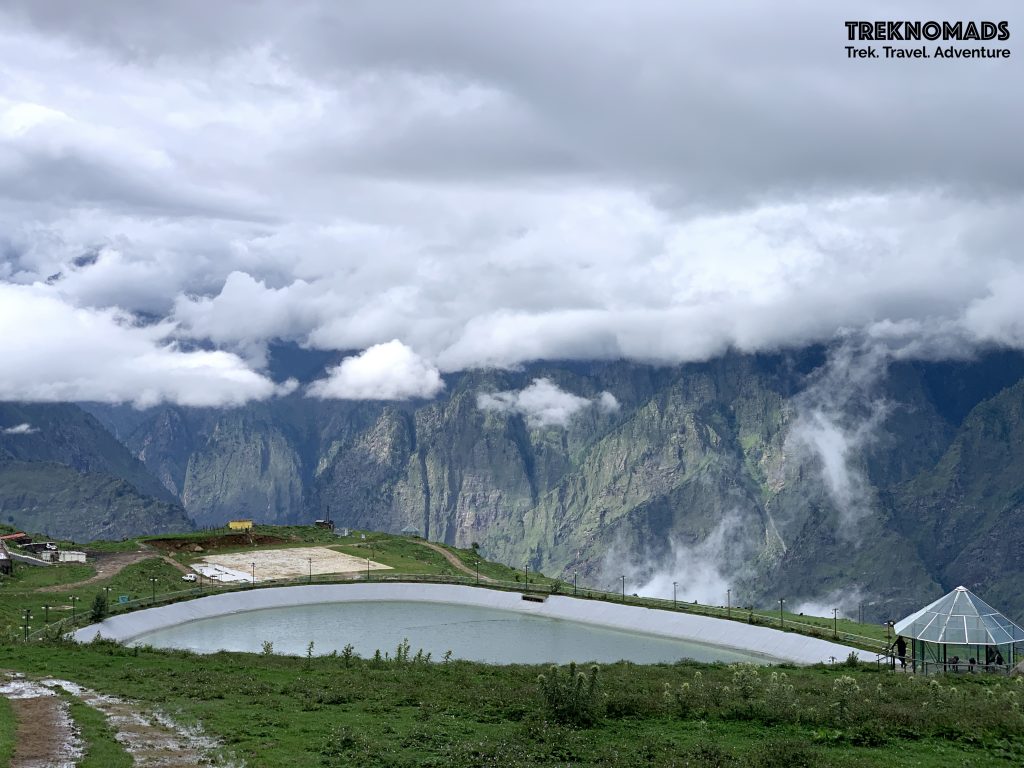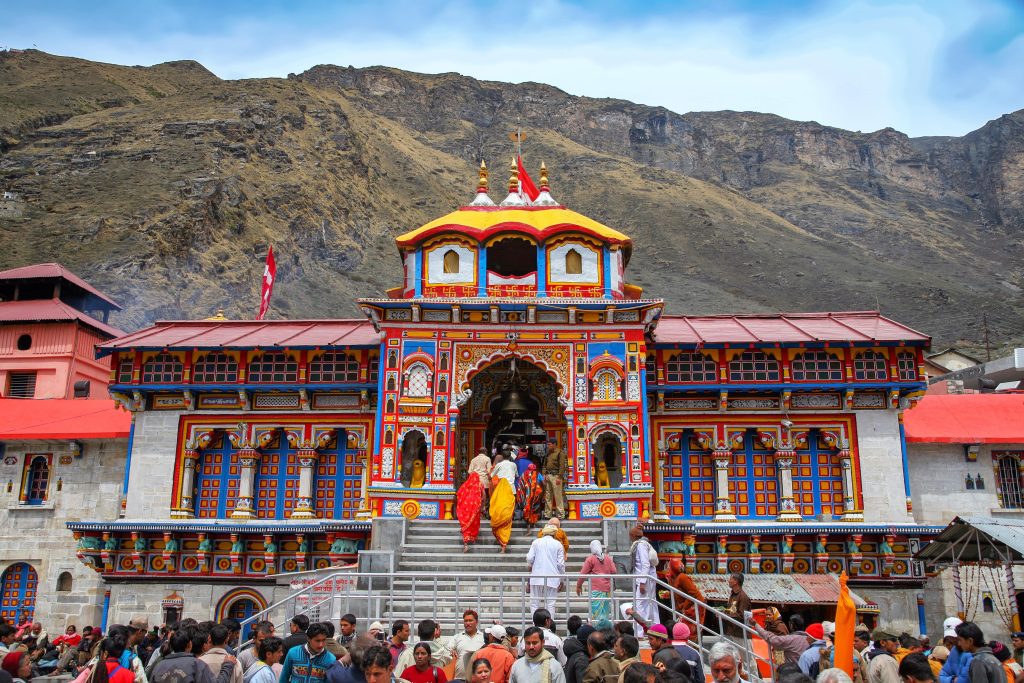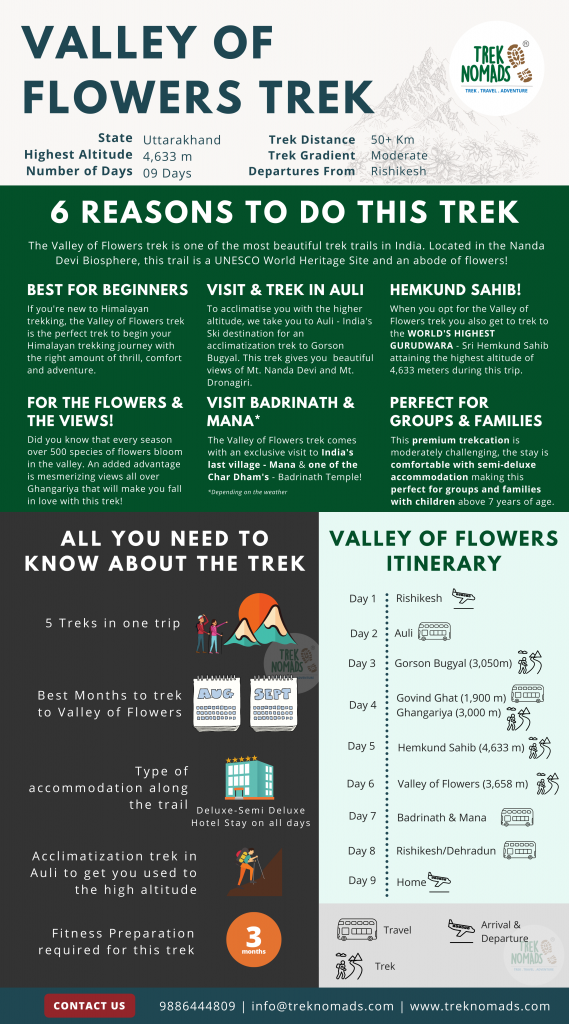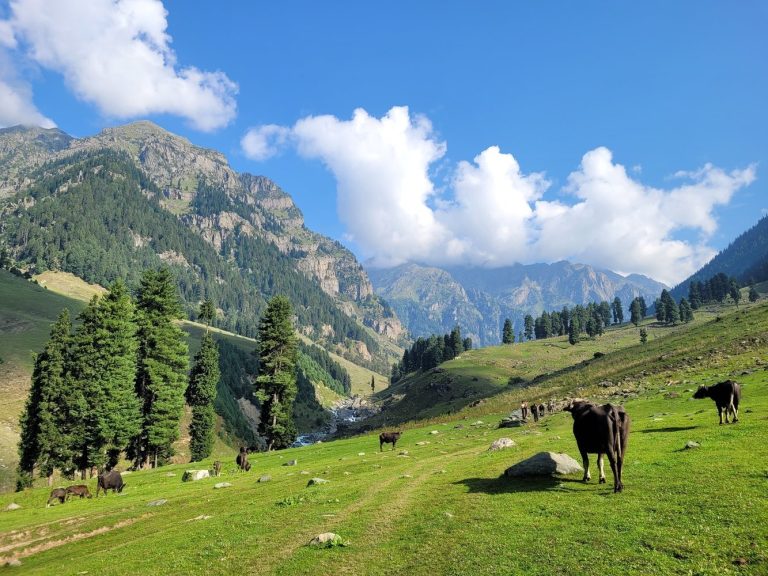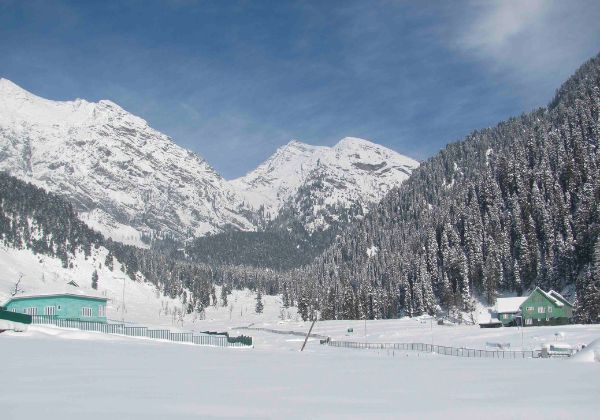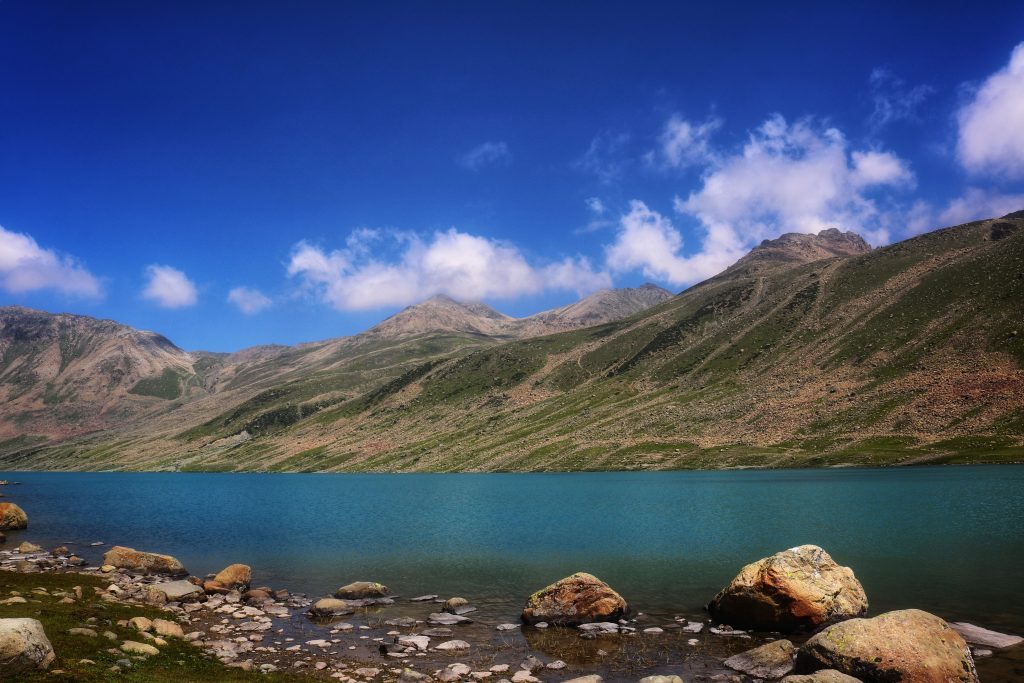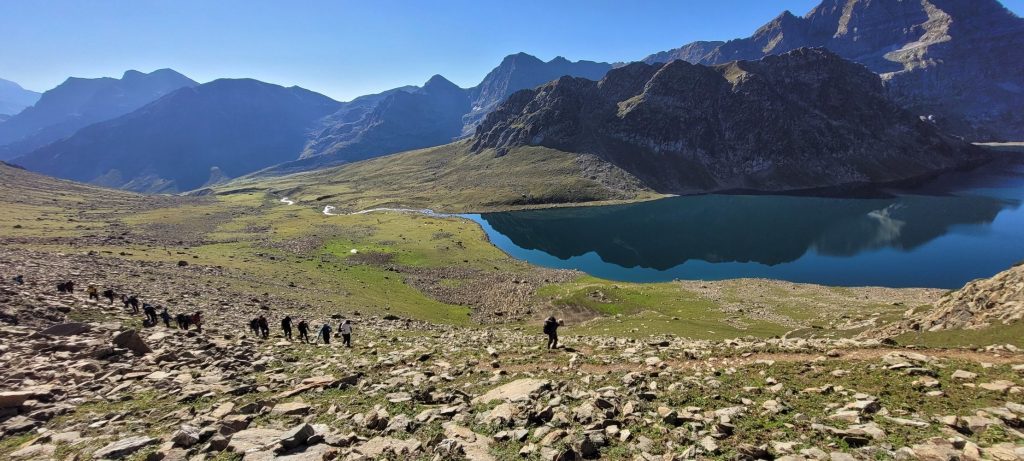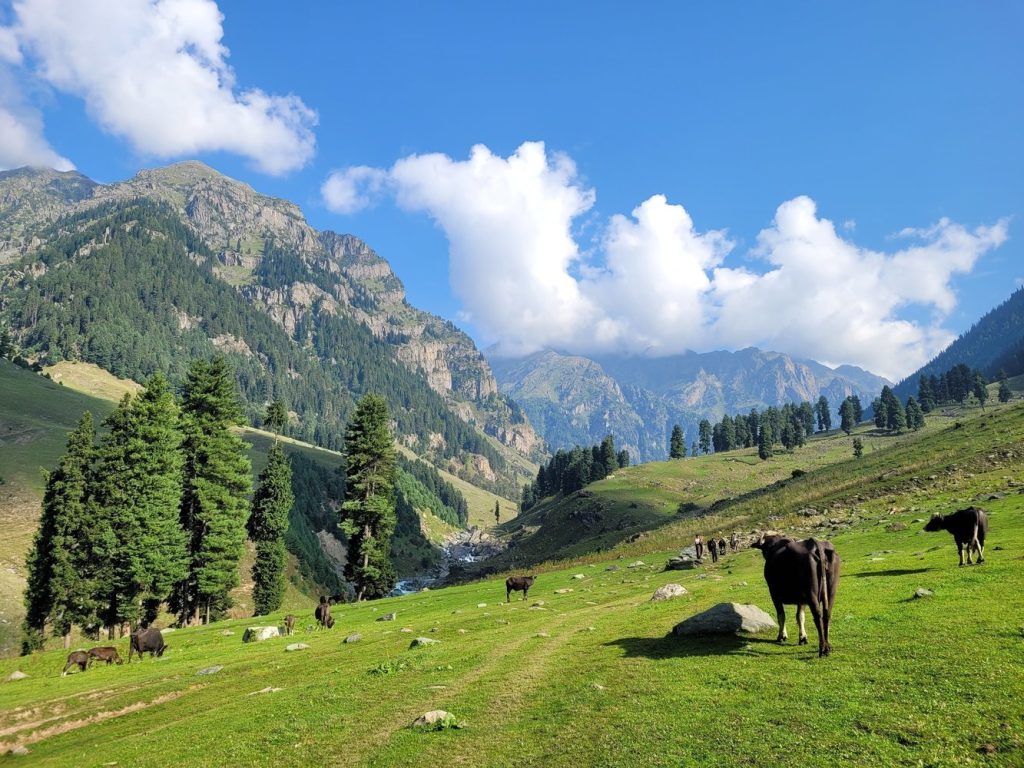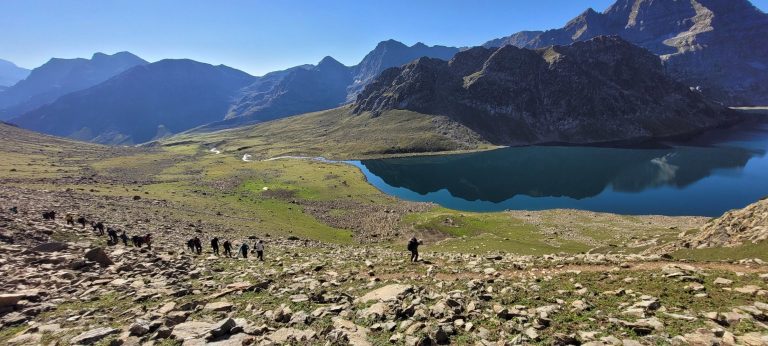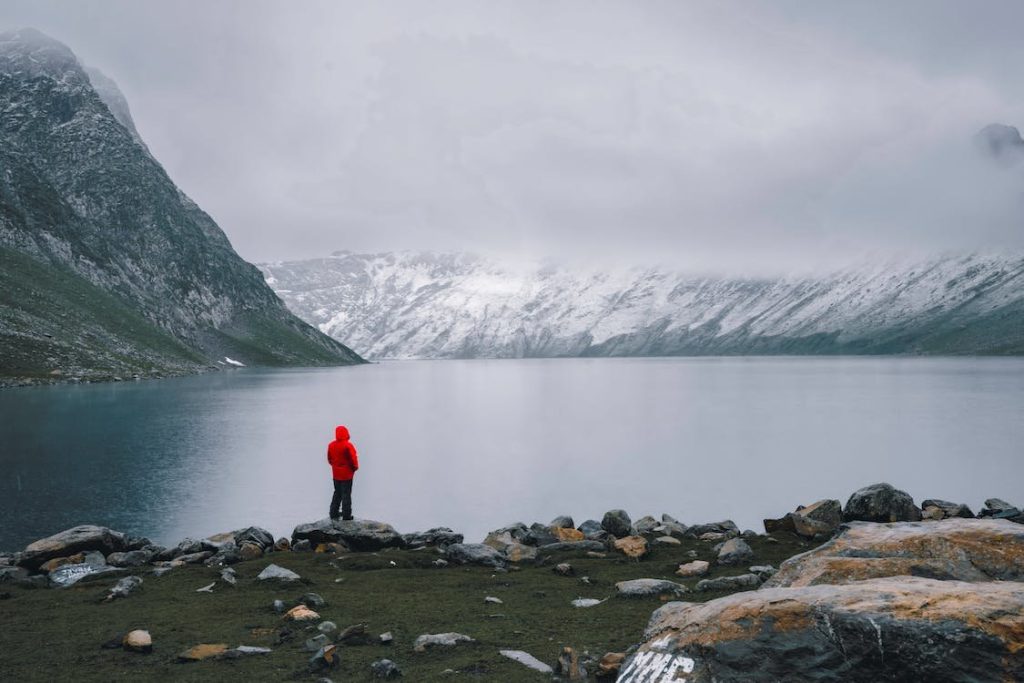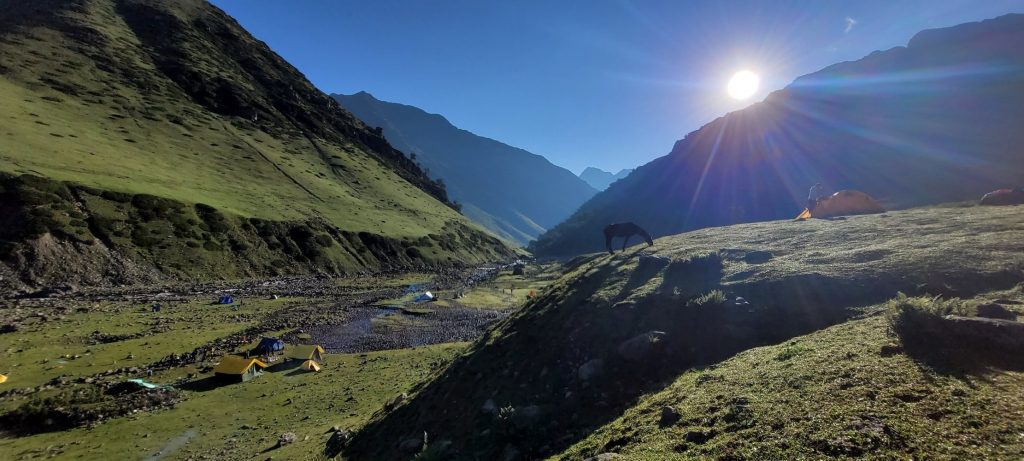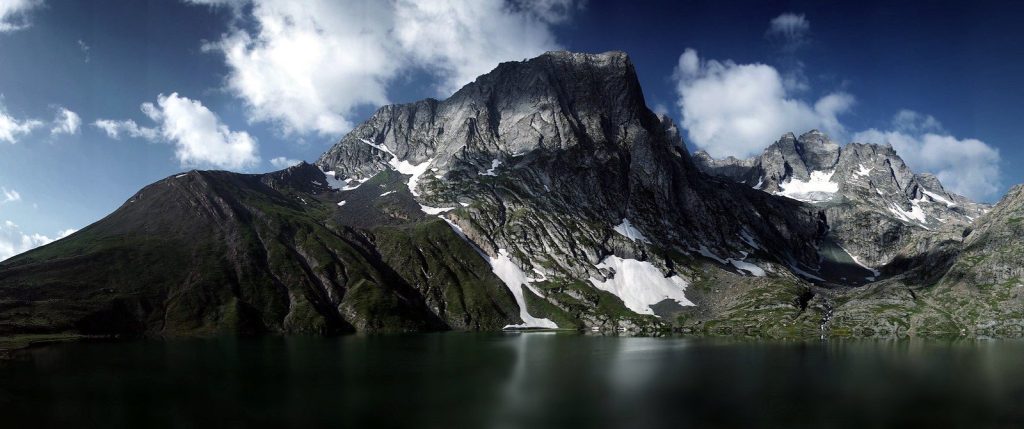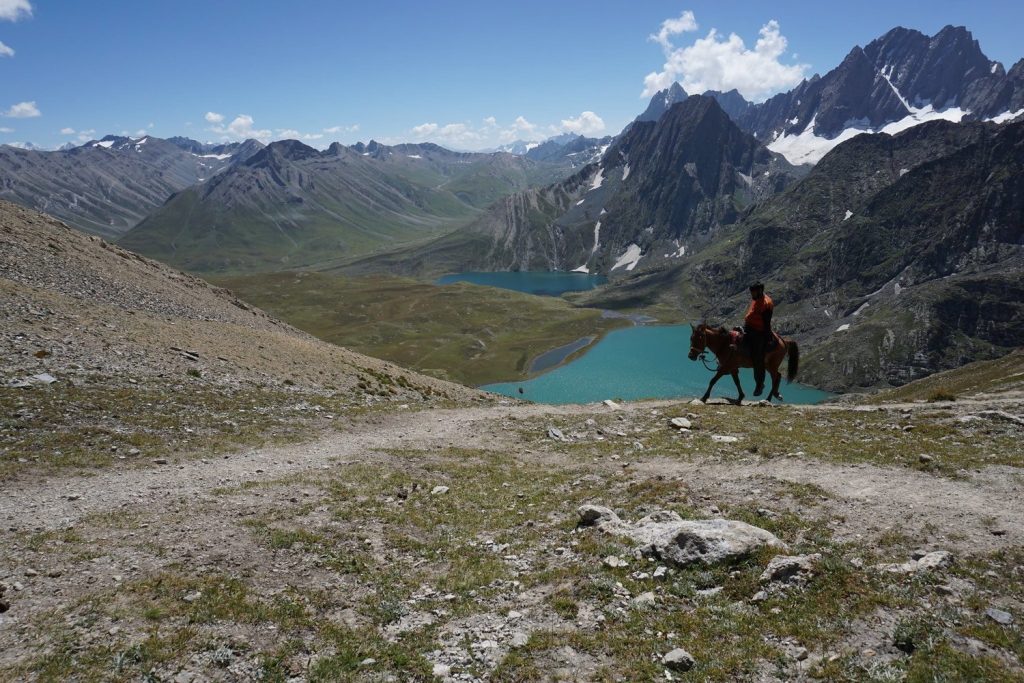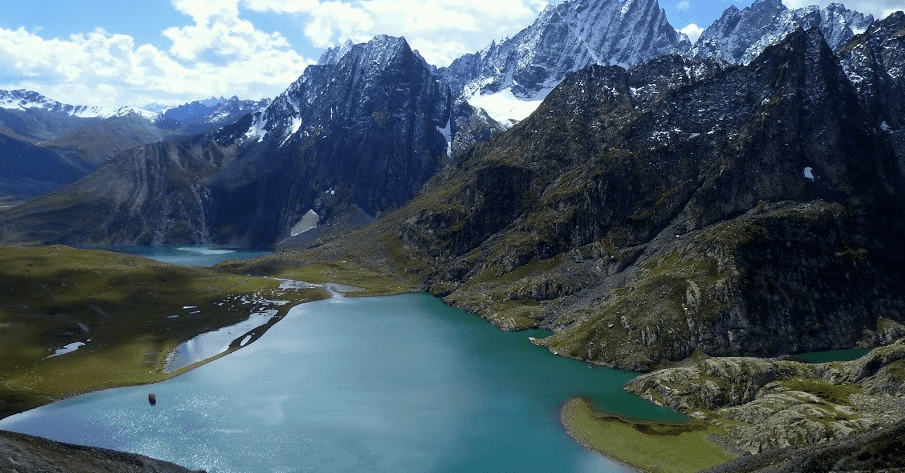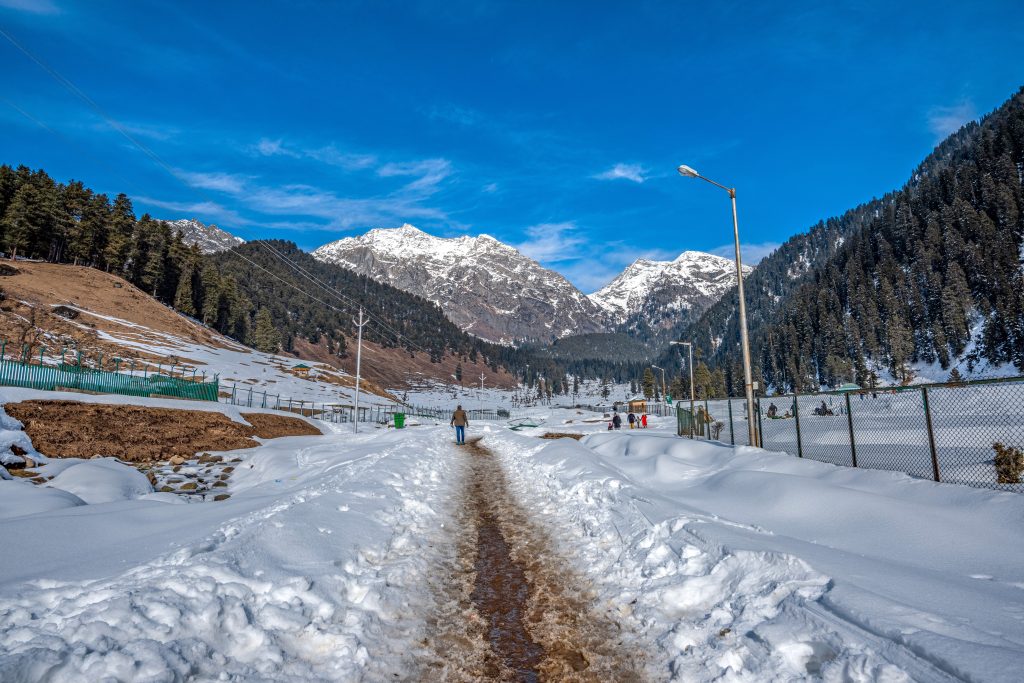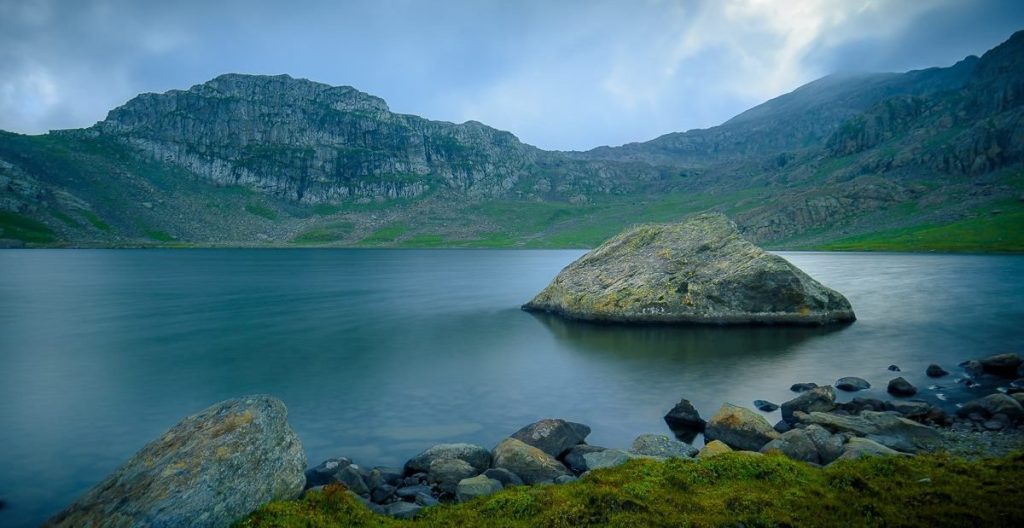Introduction:
The Fansipan trek, located in northern Vietnam, is an awe-inspiring adventure that attracts adventurers and nature enthusiasts from around the world. Known as the “Roof of Indochina,” Fansipan is the highest peak in Southeast Asia, standing tall at an elevation of 3,143 meters (10,312 feet).
This trek is of great significance, not only due to its impressive height but also for the breathtaking landscapes and cultural experiences it offers. The trail winds through lush forests, terraced rice fields, and ethnic minority villages, providing a unique opportunity to immerse oneself in the rich local culture.
The trek covers a distance of approximately 19 km, challenging hikers with steep ascents, rugged terrain, and rewarding panoramic views from the summit. Standing atop Fansipan, one can witness a magnificent sunrise over the rolling hills and cloud-covered valleys below.
The Fansipan trek is an adventure of a lifetime, offering a blend of physical challenge, natural beauty, and cultural immersion. It is a must-do for those seeking an unforgettable experience in one of Vietnam’s most breathtaking regions.
Welcome to the captivating world of Fansipan, where majestic mountains, vibrant cultures, and breathtaking landscapes await you. This complete itinerary guide will take you on an unforgettable journey through the enchanting beauty of Fansipan, combining the charms of Hanoi, the thrilling trekking trails of Sapa, and the awe-inspiring vistas of Halong Bay. Get ready for an adventure that will leave you mesmerized and create memories to last a lifetime. Let’s dive into this incredible journey together!
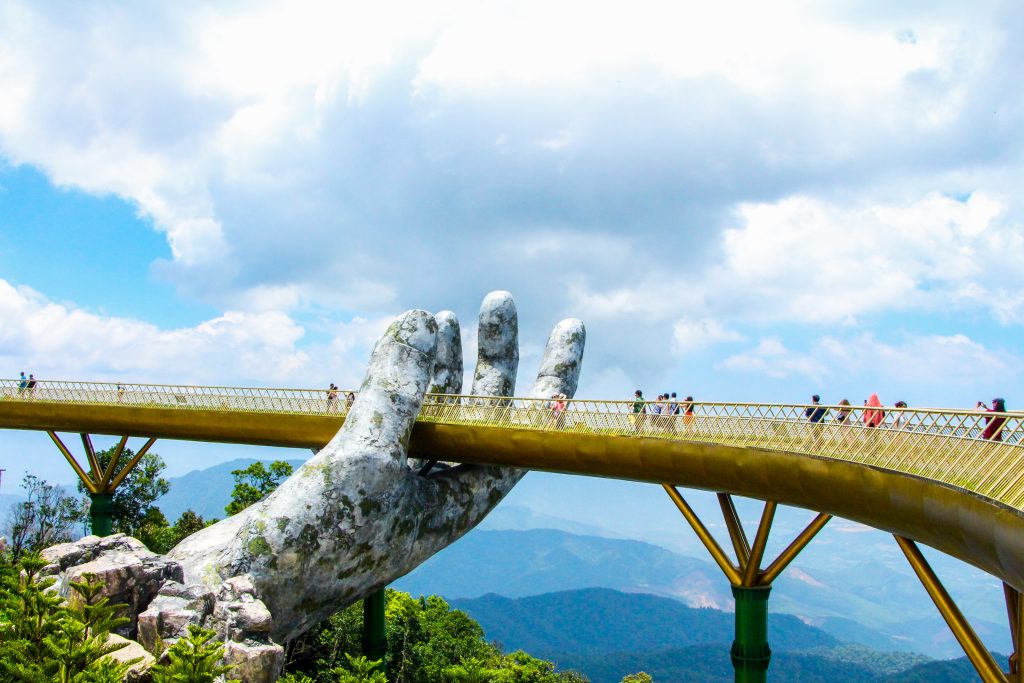
Day 1: Fansipan Trek starts, Hanoi Arrival
As you arrive in Hanoi, the bustling capital of Vietnam, you’ll immediately be immersed in its unique blend of old-world charm and modern vibrancy. Take some time to explore the city, sample delicious local delicacies, and soak up the rich cultural heritage. In the evening, you’ll board the overnight train to Sapa, eagerly anticipating the adventures that lie ahead.
Day 2: Mount Fansipan Trekking – Overnight Hotel in Sapa
As dawn breaks, you’ll arrive in Lao Cai, where a 1-hour bus ride will transport you uphill to the captivating town of Sapa. The journey itself offers an amazing glimpse of the stunning vistas and mesmerizing rice terraces that await you. After reaching Sapa, savor a delicious breakfast at a local restaurant before preparing for the exhilarating Mount Fansipan trekking adventure.
The journey begins with a transfer from Sapa to the Heaven Gate, situated at an elevation of 6715 ft (2047 m) above sea level. As you embark on the trek, you’ll find yourself surrounded by a pristine forest of towering pine trees and expansive bamboo groves. Traverse the captivating landscapes, absorbing the beauty of your surroundings, and breathing in the fresh mountain air. Finally, reach the summit of Fansipan and take in the awe-inspiring panoramic views that stretch as far as the eye can see.
To descend from the summit, you’ll have the option to take a cable car, offering a thrilling and scenic ride back down. Return to Sapa by car, where you can relax, recharge, and enjoy the comforts of your hotel. The evening is yours to explore the charming town of Sapa at your leisure.
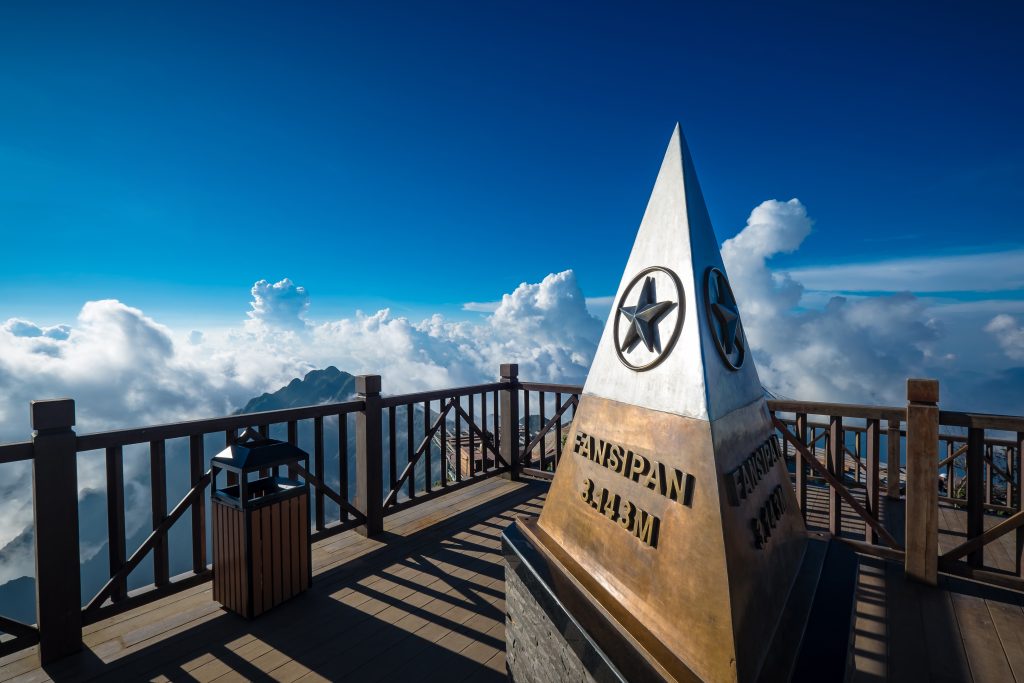
Day 3: Sapa Trekking – Overnight Hotel – Overnight Train:
After a hearty breakfast, get ready for another day of exploration in the picturesque valleys of Sapa. Trek along scenic paths and trails, immersing yourself in the captivating beauty of the region. Depending on the route chosen, you may have the opportunity to visit local villages and interact with ethnic minority groups such as the Hmong hill tribe, gaining insights into their daily lives and traditions.
Alternatively, you can embark on a half-day walk to Cat Cat village, where you’ll witness the stunning terraced fields and have a chance to engage with the Hmong people. Regardless of the chosen route, each step will lead you closer to the heart of Sapa’s enchantment.
In the afternoon, return to Sapa town and prepare for the overnight train journey back to Hanoi. Reflect on the incredible experiences and memories you’ve made during your time in Sapa, as you bid farewell to this mountainous paradise.
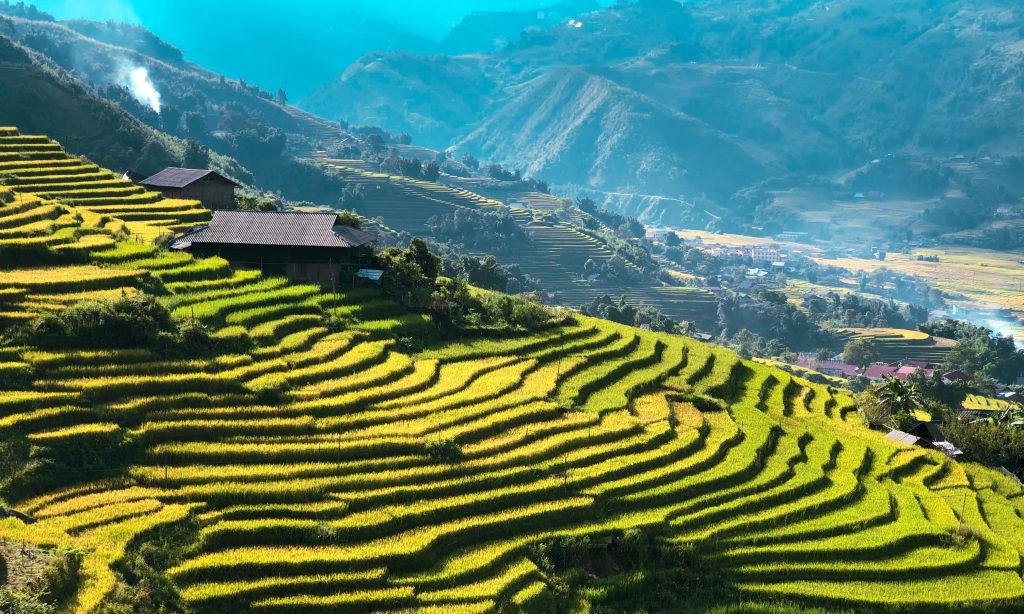
Day 4: Halong Bay Cruise – Overnight Cruise:
Today marks the beginning of a new chapter in your journey as you embark on a captivating cruise through the world-renowned Halong Bay. After breakfast, travel to the mesmerizing Lan Ha Bay, where you’ll board your cruise ship and set sail on an unforgettable adventure.
As you glide through the turquoise waters, be prepared to be mesmerized by the stunning rock formations that dot the bay. Indulge in a sumptuous seafood and vegetarian lunch on board as you soak in the breathtaking views. Take the opportunity to relax on the sundeck, bask in the warm sun, or even take a refreshing dip in the outdoor swimming pool.
One of the highlights of the cruise is the chance to explore the Ba Trai Dao area and the natural lagoon of Lan Ha Bay. Grab a kayak and paddle through the serene waters, immersing yourself in the natural beauty of the surroundings. Alternatively, you can choose to indulge in a spa treatment, pampering yourself amidst the tranquil ambiance of the bay.
As the day draws to a close, join the fellow cruisers for a memorable sunset party. Capture stunning photographs and create lasting memories as the sun paints the sky with vibrant hues. In the evening, delight in a delectable dinner served at the ship’s restaurant. Afterward, you can participate in the enchanting squid fishing program, relax on the sundeck under the starry night sky, or simply unwind in the cozy comfort of your cabin.

Day 5: Halong Bay Cruise Transfer to Hanoi – Overnight Hotel in Hanoi:
Awake to the gentle sounds of the bay and savor a delicious breakfast on board as you take in the morning view of the surrounding landscape. The adventure continues as you visit the famous Frog Pond area, which served as the filming location for the ren owned movie “Kong: Skull Island.” Here, you can freely kayak and explore the captivating scenery or take a refreshing swim in the crystal-clear blue waters.
Return to your cabin, pack your belongings, and bid farewell to the cruise as you complete the check-out procedure. Enjoy a final lunch on board as the ship makes its way back to the harbor. Once you disembark, a high-speed canoe will take you back to Tuan Chau port, and from there, a luxury limousine will transport you back to Hanoi.
Arriving in Hanoi in the afternoon, you’ll check into your hotel and have the opportunity to rest and relax after the eventful journey. Take this time to reflect on the extraordinary experiences and stunning landscapes that you have encountered throughout your adventure.
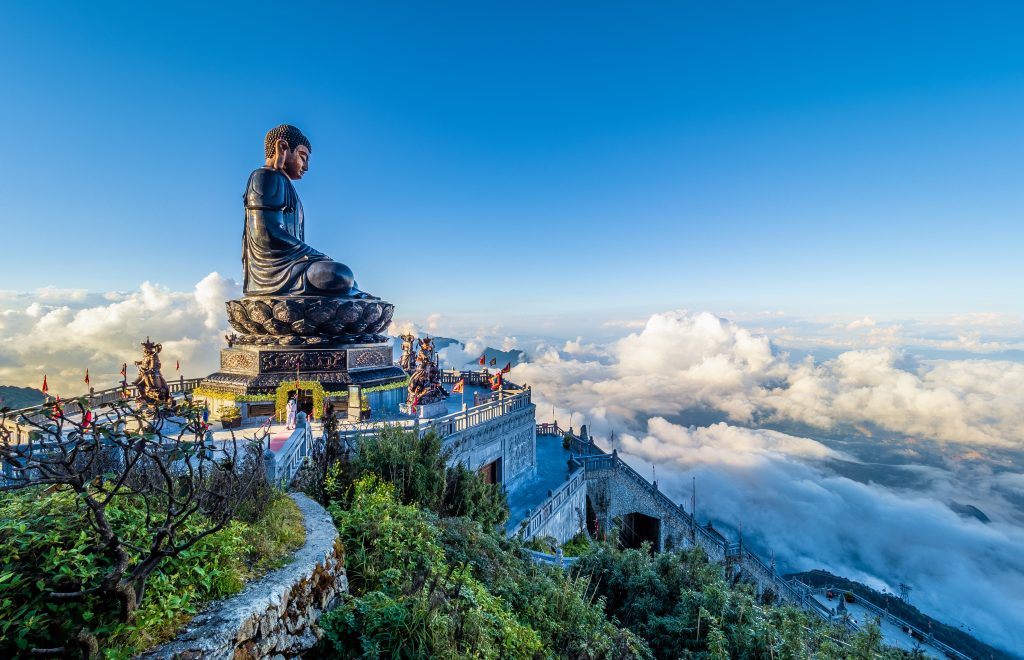
Day 6: Hanoi – Departure:
As your time in Vietnam draws to a close, enjoy a leisurely breakfast at the hotel and savor the remaining hours in Hanoi. This bustling city offers a plethora of activities and sights to explore. Take a leisurely stroll around Hoan Kiem Lake, immerse yourself in the vibrant atmosphere of the Old Quarter, or visit significant landmarks such as the Ho Chi Minh Mausoleum and the Temple of Literature.
In the afternoon, you’ll be transferred to the airport for your departure, bidding farewell to the enchanting beauty of Fansipan and the captivating country of Vietnam. Take with you cherished memories, a sense of adventure, and the desire to return to this remarkable destination someday.
Fansipan Trek- Conclusion:
Embarking on an adventure to explore the enchanting beauty of Fansipan trek is a journey that will captivate your senses and leave you in awe of the natural wonders that Vietnam has to offer. From the vibrant streets of Hanoi to the challenging trekking trails of Sapa and the breathtaking landscapes of Halong Bay, each day of this itinerary provides a unique and unforgettable experience.
Immerse yourself in the cultural tapestry of Sapa, trek through lush forests, and witness the panoramic views from the summit of Fansipan. Indulge in the serenity of Halong Bay, cruising amidst picturesque rock formations and savoring delicious meals on board. These experiences will create lasting memories and leave you with a deep appreciation for the enchanting beauty of Fansipan trek and its surroundings.
So, pack your bags, embrace the sense of adventure, and embark on this remarkable journey that will take you beyond your imagination. Whether you’re a nature enthusiast, an adventure seeker, or a cultural explorer, this itinerary caters to all.
Read more:
